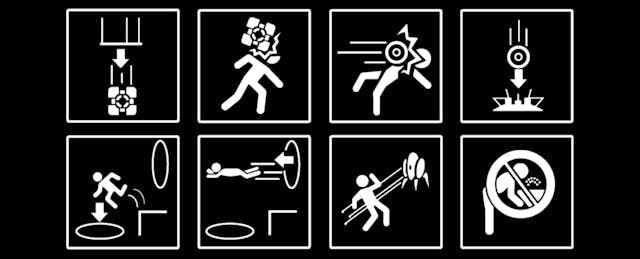After spending late nights planning and grading, few things are more rewarding for teachers than helping students to ask questions, think critically, and reflect about topics relevant to their daily lives.
For six years I was on stage, teaching in the US and abroad to learners of all ages. Daily, I identified problems that my students faced and tailored solutions for them, using technology as a tool to enhance their learning and my teaching. When a lesson didn’t work, I made evidence-based decisions to pivot instruction for the next day--and sometimes, for the next hour.
As an edtech product strategist, my past experiences remind me of the need to address complex challenges by similarly understanding when and how to change direction to reach a desirable outcome. These pivots are informed by identifying customer needs, acknowledging the motivations of educators, and embracing difficulties as opportunities to learn.
Three Pillars Build a Product’s Foundation
It is urgent for edtech to embrace the 3C’s of Product Strategy:
- Customers: meet and identify their needs
- Competitors: monitor their pulse in the market
- Competencies: use them to deliver high quality products and experiences
Scaffolding these three pillars creates a foundation upon which we can sequence layers of product features, resulting in stable growth for businesses and educational institutions.
Previous EdSurge contributors have tackled the first pillar of this product strategy model, highlighting the importance of engaging customers in the product-user feedback loop–and why neglecting to do so is one reason edtech products don’t succeed. It can be a struggle for first-time education entrepreneurs. But they’re not alone.
At the NYEdTech Meetup last month, my co-leader, Michelle Dervan, and I brought four seasoned edtech leaders to share their experiences building that same pillar–and how they picked themselves up and tried again after first failing to meet customer needs. Here are my key takeaways from the discussions.
Expansion Can Fuel Renovation
Sarah Manning, CEO and founder of math and science program Learnimation, and Alex Rappaport, Co-Founder and CEO of Flocabulary, an online library of videos and learning activities, shared the importance of gathering consistent, direct customer feedback and how it helped them both mindfully changing course.
Flocabulary, for example, had initially built a direct-to-teacher solution that focused development on the product’s front-end experience. While popular in classrooms, this business model required adjustment as Flocabulary started to receive interest from schools and districts. As Rappaport gathered input from administrators, a more inclusive customer-driven product strategy took shape, and Flocabulary learned to prioritize database development to better support user needs. By “building capacity in (his) startup to learn from failure and incorporating data in subsequent decisions,” Flocabulary was able to successfully scale and is now used in 35,000 schools worldwide.
Acknowledge Your Customer’s Motivations
When talking with administrators, I often detect an unspoken anxiety about edtech products not achieving intended results. Edtech vendors must address these concerns, and understand that educators’ feelings about products can drive their success or failure.
Dr. Adam Fried, Superintendent of Harrington, NJ, advised the the NYEdTech community to acknowledge “fear of technology” as a way to spark conversations that uncover customers’ specific motivations and emotions influencing their decision-making. Because our customers are teachers and students whose professional and academic careers depend on the success of solutions we offer, he added, we must implement thoughtfully designed pilots that experiment with the full scope of schools' “curriculum, spaces, and processes.”
Embrace Pitfalls, Avoid Failure
Adopting an iterative approach that translates undesirable outcomes into useful feedback can deliver a healthy, dual bottom line--profit for edtech companies and impact for educators. Additionally, convening with stakeholders across edtech networks promotes collaborative ideation, development, and adoption of products poised to accelerate instruction and learning.
Such networks include startup accelerator EDGE, co-founded by education entrepreneur Jonathan D. Harber. As he emphasized in a past Edsurge interview, creating a local edtech ecosystem helps companies reach that dual bottom line by designing effective models, ensuring product-market fit, and validating customers.
Most importantly, Harber advised that we differentiate between pitfalls and failures. The former should be embraced as unsuspected difficulties that when met, can inform product and customer life cycles. Failure, he pinpointed, “is when you have given up solving the problem.”
Please join the conversation at our next event, the NYEdTech Summer Mixer.


